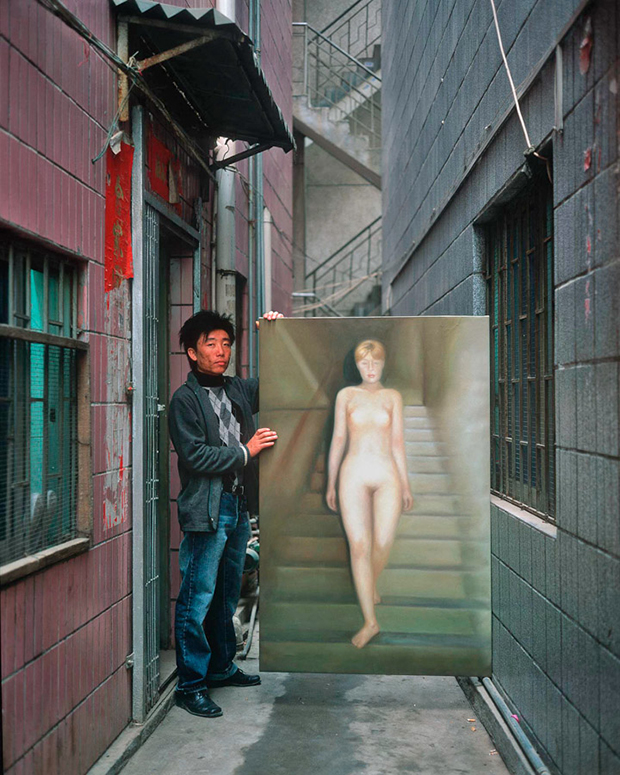New York photographer Dash Snow created a collection of powerful and shocking images depicting sex, violence, drugs, and a healthy disrespect for authority figures in his series
Polaroids. The photos themselves are often somewhat surreal(both in composition and in sheer shock value), leaving the viewer (or at least me) with the feeling that the "real world" that we live is muted, and not quite authentic. This isn't to say that a life like Snow's and the subjects of his photos is desirable, but nonetheless
Polaroids provokes thought and feeling alike throughout the series.
I noticed this series because of two images: a Shell gas station sign, with the S burned out so only the word "hell" is visible, and a picture of two young men, one of them vomiting over a railing while the other looks on. After viewing
Polaroids in its entirety, I admire Snow's talent for capturing in photographs the self-destructive as well as outwardly destructive behaviors of those around him, as well as the negative effects of engaging in these behaviors. Although some might see the series as glorifying the subjects of its photos and their actions, Snow says himself that "[he] saw them as horror stories."





















.jpg)





